-
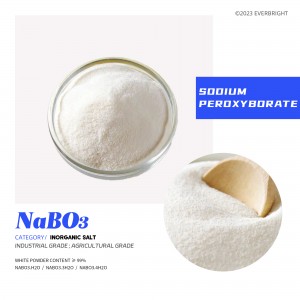
Sodium Peroxyborate
Sodium perborate is an inorganic compound, white granular powder. Soluble in acid, alkali and glycerin, slightly soluble in water, mainly used as oxidant, disinfectant, fungicide, mordant, deodorant, plating solution additives, etc. Mainly used as oxidant, disinfectant, fungicide, mordant, deodorant, plating solution additive and so on.
-
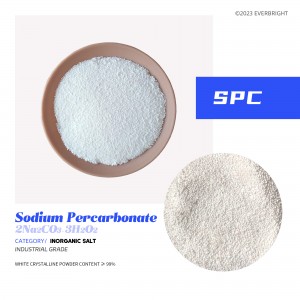
Sodium Percarbonate(SPC)
Sodium percarbonate appearance is white, loose, good fluidity granular or powdery solid, odorless, easily soluble in water, also known as sodium bicarbonate. A solid powder. It is hygroscopic. Stable when dry. It slowly breaks down in the air to form carbon dioxide and oxygen. It quickly breaks down into sodium bicarbonate and oxygen in water. It decomposes in dilute sulfuric acid to produce quantifiable hydrogen peroxide. It can be prepared by the reaction of sodium carbonate and hydrogen peroxide. Used as an oxidizing agent.
-
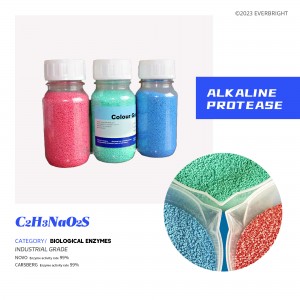
Alkaline Protease
The main source is microbial extraction, and the most studied and applied bacteria are mainly Bacillus, with subtilis as the most, and there are also a small number of other bacteria, such as Streptomyces. Stable at pH6 ~ 10, less than 6 or more than 11 quickly deactivated. Its active center contains serine, so it is called serine protease. Widely used in detergent, food, medical, brewing, silk, leather and other industries.
-
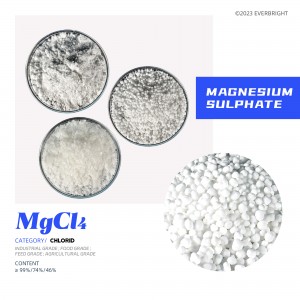
Magnesium Chloride
An inorganic substance that is composed of 74.54% chlorine and 25.48% magnesium and usually contains six molecules of crystalline water, MgCl2.6H2O. Monoclinic crystal, or salty, have a certain corrosive. Magnesium oxide is formed when water and hydrogen chloride are lost during heating. Slightly soluble in acetone, soluble in water, ethanol, methanol, pyridine. It deliqueses and causes smoke in wet air, and sublimates when it is white hot in the gas stream of hydrogen.
-
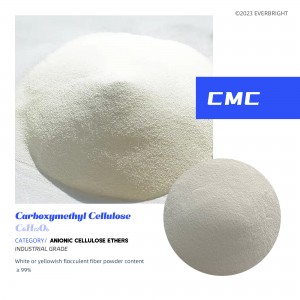
Carboxymethyl Cellulose(CMC)
At present, the modification technology of cellulose mainly focuses on etherification and esterification. Carboxymethylation is a kind of etherification technology. Carboxymethyl cellulose (CMC) is obtained by carboxymethylation of cellulose, and its aqueous solution has the functions of thickening, film formation, bonding, moisture retention, colloidal protection, emulsification and suspension, and is widely used in washing, petroleum, food, medicine, textile and paper and other industries. It is one of the most important cellulose ethers.
-
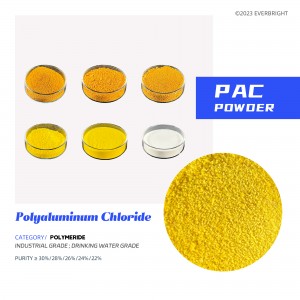
Polyaluminum Chloride Powder (Pac)
Polyaluminum chloride is an inorganic substance, a new water purification material, inorganic polymer coagulant, referred to as polyaluminum. It is a water-soluble inorganic polymer between AlCl3 and Al(OH)3, which has a high degree of electric neutralization and bridging effect on colloids and particles in water, and can strongly remove micro-toxic substances and heavy metal ions, and has stable properties.
-

Magnesium Sulphate
A compound containing magnesium, a commonly used chemical and drying agent, consisting of the magnesium cation Mg2+ (20.19% by mass) and the sulfate anion SO2−4. White crystalline solid, soluble in water, insoluble in ethanol. Usually encountered in the form of the hydrate MgSO4·nH2O, for various n values between 1 and 11. The most common is MgSO4·7H2O.
-

4A Zeolite
It is a natural alumino-silicic acid, salt ore in the burning, due to the water inside the crystal is driven out, producing a phenomenon similar to bubbling and boiling, which is called “boiling stone” in image, referred to as “zeolite”, used as a phosphate-free detergent auxiliary, instead of sodium tripolyphosphate; In the petroleum and other industries, it is used as a drying, dehydration and purification of gases and liquids, and also as a catalyst and water softener.
-
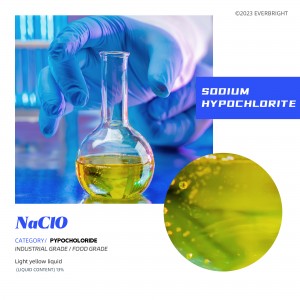
Sodium Hypochlorite
Sodium hypochlorite is produced by the reaction of chlorine gas with sodium hydroxide. It has a variety of functions such as sterilization (its main mode of action is to form hypochlorous acid through hydrolysis, and then further decompose into new ecological oxygen, denaturating bacterial and viral proteins, thus playing a broad spectrum of sterilization), disinfection, bleaching and so on, and plays an important role in medical, food processing, water treatment and other fields.
-
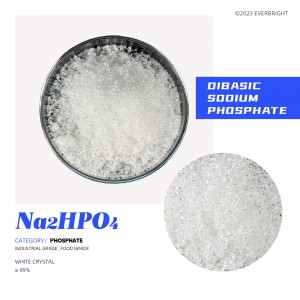
Dibasic Sodium Phosphate
It is one of the sodium salts of phosphoric acid. It is a deliquescent white powder, soluble in water, and the aqueous solution is weakly alkaline. Disodium hydrogen phosphate is easy to weather in the air, at room temperature placed in the air to lose about 5 crystal water to form heptahydrate, heated to 100℃ to lose all the crystal water into anhydrous matter, decomposition into sodium pyrophosphate at 250℃.
-

Polyaluminum Chloride liquid (Pac)
Polyaluminum chloride is an inorganic substance, a new water purification material, inorganic polymer coagulant, referred to as polyaluminum. It is a water-soluble inorganic polymer between AlCl3 and Al(OH)3, which has a high degree of electric neutralization and bridging effect on colloids and particles in water, and can strongly remove micro-toxic substances and heavy metal ions, and has stable properties.
-
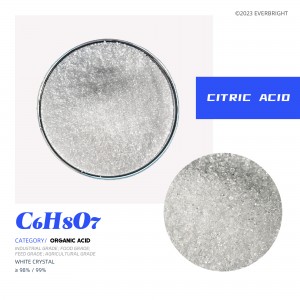
Citric Acid
It is an important organic acid, colorless crystal, odorless, has a strong sour taste, easily soluble in water, mainly used in food and beverage industry, can be used as sour agent, seasoning agent and preservative, preservative, can also be used in chemical, cosmetic industry as an antioxidant, plasticizer, detergent, anhydrous citric acid can also be used in food and beverage industry.







